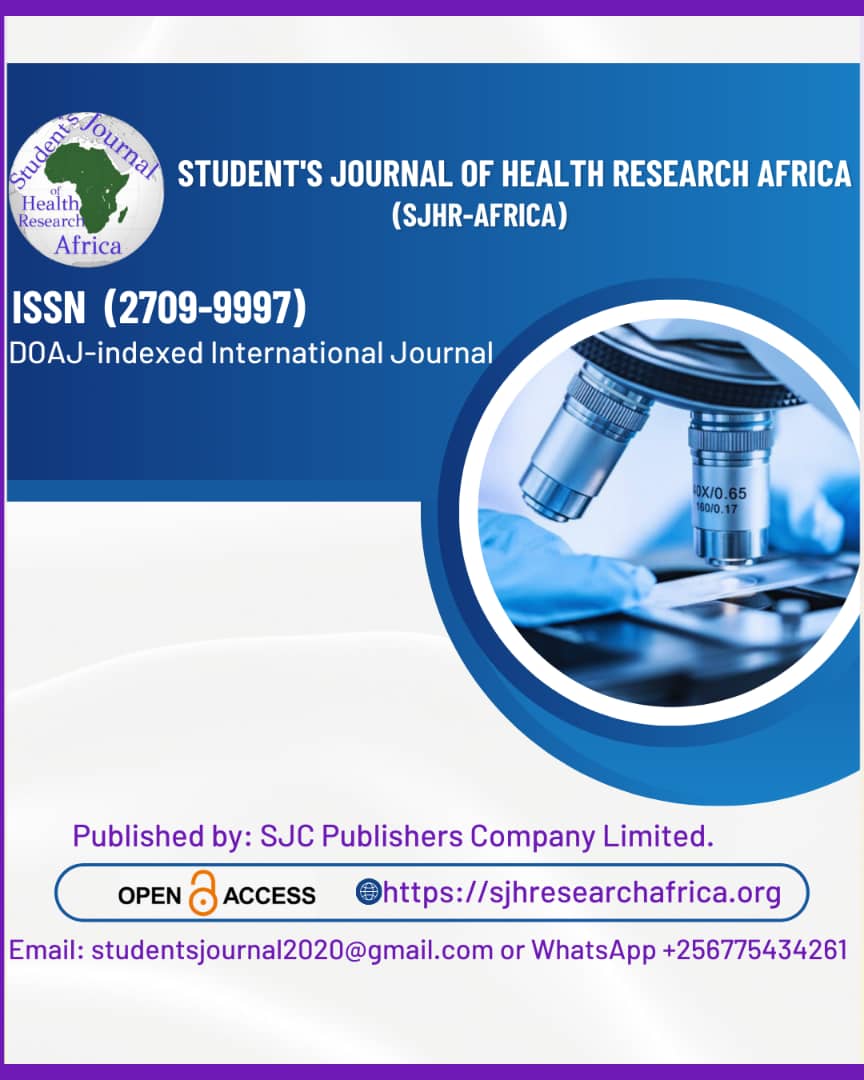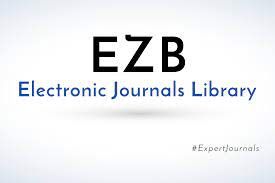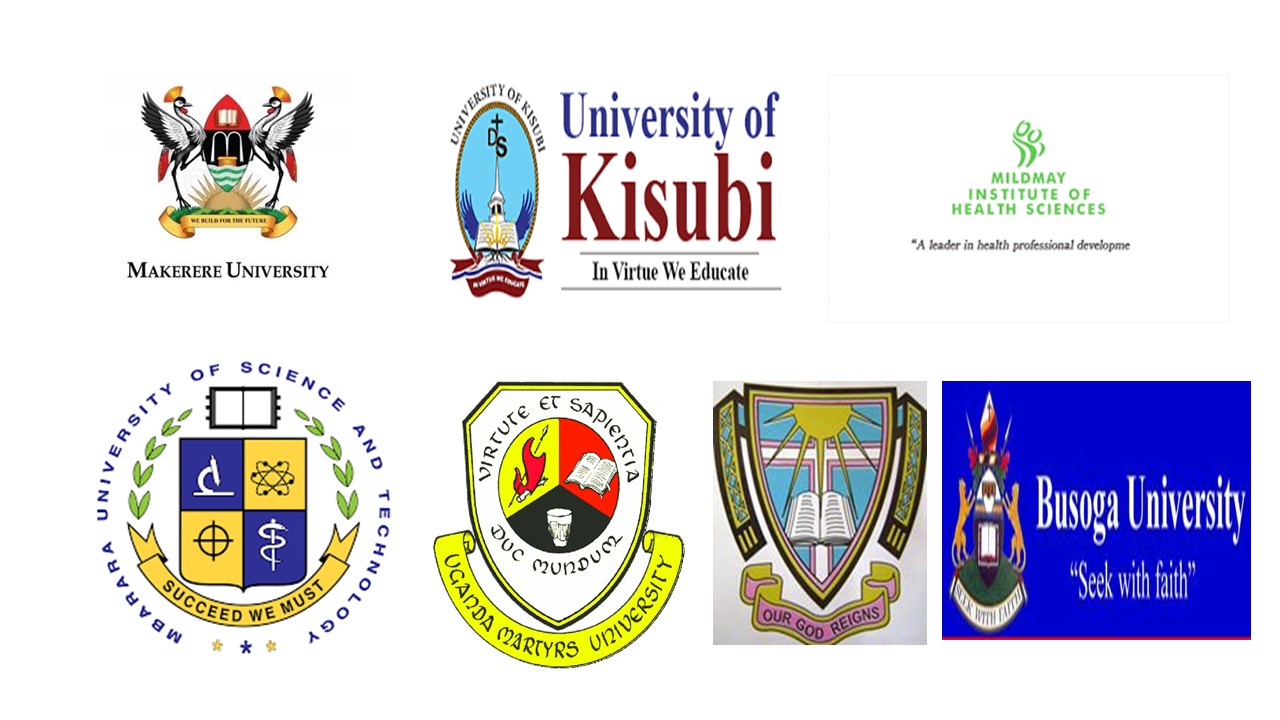Role of portal venous doppler in detecting capillary leakage among dengue patients: A cross-sectional study from a tertiary care hospital in Puducherry.
DOI:
https://doi.org/10.51168/sjhrafrica.v6i9.2150Keywords:
Dengue, Capillary Leak Syndrome, Ultrasonography, Portal Venous Doppler, Congestion IndexAbstract
Background: Dengue fever is a globally significant arboviral disease, with India bearing a substantial disease burden. Severe forms are characterized by capillary leak syndrome (CLS), which can lead to hypovolemic shock and organ dysfunction. Aim: This study aimed to evaluate the role of portal venous doppler parameters in the early detection of CLS among dengue patients.
Methods: A cross-sectional study was conducted on 65 serologically confirmed dengue patients at a tertiary hospital in Puducherry. Demographic, clinical, and laboratory data were collected. Grayscale ultrasound and portal venous Doppler were used to assess gall bladder wall thickness, ascites, pleural effusion, and hemodynamic indices, including congestion index (CI). CLS was defined as ≥20% hematocrit rise or ultrasonographic evidence of plasma leakage. Statistical analyses included the Chi-square test, t-test, and ROC curve analysis.
Results: The mean age was 37.7 years, with 57% of participants being male. CLS was present in 41.5%. Gall bladder wall edema (69.2%) was the most common ultrasonographic finding and was significantly associated with CLS (p<0.001). Pleural effusion (47.7%) also showed significance (p=0.010). Doppler evaluation revealed significantly lower portal vein velocity in CLS patients (16.6 vs 19.5 cm/s, p=0.013) and higher CI (0.11 vs 0.04, p<0.001). ROC analysis demonstrated high diagnostic accuracy for gall bladder wall thickness (AUC = 0.86), CSA (AUC = 0.85), and CI (AUC = 0.81).
Conclusion: Portal venous Doppler parameters, particularly CI and CSA, serve as valuable functional markers for early detection of CLS. Combined with ultrasonography, they enhance diagnostic accuracy, guide timely fluid management, and may reduce severe dengue complications.
Recommendations: Larger multicentered studies should validate these Doppler indices and establish standard cut-offs. Incorporating Doppler into triage protocols and training clinicians in bedside use could strengthen early intervention strategies in endemic areas.
References
Gupta N, Srivastava S, Jain A, Chaturvedi UC. Dengue in India. Indian J Med Res. 2012;136(3):373–90.
Bhatt S, Gething PW, Brady OJ, Messina JP, Farlow AW, Moyes CL, et al. The global distribution and burden of dengue. Nature. 2013;496(7446):504–7.
Ganeshkumar P, Murhekar MV, Poornima V, Saravanakumar V, Sukumaran K, et al. Dengue infection in India: A systematic review and meta-analysis. PLoS Negl Trop Dis. 2018;12(7):e0006618.
Velavan A, Shashikala, Anitha P, Stalin P, Kumar RA, Purty AJ. Assessment of breeding sites and seroprevalence of dengue in Puducherry. J Curr Res Sci Med. 2022;8(2):152–5.
Shepard DS, Halasa YA, Tyagi BK, Adhish SV, Nandan D, et al. Economic and disease burden of dengue in India. Am J Trop Med Hyg. 2014;91(6):1235–42.
Meltzer E, Heyman Z, Bin H, Schwartz E. Capillary leakage in travelers with dengue infection. Am J Trop Med Hyg. 2012;86(3):536–9.
Qureshi SH, Shah SF, Shah FU, Shah SZ, Shah SH. Frequency of capillary leak syndrome in dengue patients. J Rawalpindi Med Coll. 2021;25(4):495–8.
Kularatne SA, Dalugama C. Dengue infection: global importance, immunopathology, and management. Clin Med. 2022;22(1):9–13.
Malavige GN, Ogg GS. Pathogenesis of vascular leak in dengue virus infection. Immunology. 2017;151(3):261–9.
Basu A, Chaturvedi UC. Vascular endothelium: the battlefield of dengue viruses. FEMS Immunol Med Microbiol. 2008;53(3):287–99.
World Health Organization. Dengue: Guidelines for Diagnosis, Treatment, Prevention and Control. Geneva: WHO; 2009.
Horstick O, Jaenisch T, Martinez E, Kroeger A, See LLC, Farrar J, et al. Comparing the usefulness of 1997 and 2009 WHO dengue classification: A systematic review. Am J Trop Med Hyg. 2014;91(3):621–34.
Zakaria Z, Zainordin NA, Sim BL, Zaid M, Haridan US, Aziz AT, et al. Evaluation of WHO’s 1997 and 2009 dengue classifications. J Infect Dev Ctries. 2014;8(7):869–75.
Hadinegoro SRS. The revised WHO dengue case classification: does it need modification? Paediatr Int Child Health. 2012;32(sup1):33–8.
Santhosh V, Patil P, Srinath M, Kumar A, Archana M, Jain A. Sonography in the diagnosis and assessment of dengue fever. J Clin Imaging Sci. 2014;4:14.
Motla M, Manaktala S, Gupta V, Aggarwal M, Bhoi SK, Aggarwal P, et al. Sonographic evidence of ascites, effusions, and GB wall edema in dengue. Prehosp Disaster Med. 2011;26(5):335–41.
Parmar J, Mohan C, Vora M. Patterns of gall bladder wall thickening in dengue: a mirror of disease severity. Ultrasound Int Open. 2017;3(2):E76–81.
Nainggolan L, Wiguna C, Hasan I, Dewiasty E. Gallbladder wall thickening for early detection of plasma leakage in dengue. Acta Med Indones. 2018;50(3):193–9.
Tavares MDA, João GAP, Bastos MS, et al. Clinical relevance of gallbladder wall thickening for dengue severity: A cross-sectional study. PLoS ONE. 2019;14(8):e0218939.
Khurram M, Qayyum W, Umar M, Jawad M, Mumtaz S, et al. Ultrasonographic pattern of plasma leak in dengue hemorrhagic fever. J Pak Med Assoc. 2016;66(3):260–4.
Suwarto S, Nainggolan L, Sinto R, Effendi B, Ibrahim E, et al. Dengue score: a predictor for pleural effusion/ascites. BMC Infect Dis. 2016;16:322.
Thanachartwet V, Wattanathum A, Sahassananda D, Wacharasint P, et al. Dynamic hemodynamic monitoring in adults with dengue. PLoS ONE. 2016;11(5):e0156135.
Charan DA, Gupta DR. Role of portal venous Doppler in predicting capillary leakage in dengue. Int J Appl Res. 2021;7(12):221–5.
Michels M, Sumardi U, De Mast Q, Jusuf H, Puspita M, et al. Value of serial bedside USG for severe dengue in adults. PLoS Negl Trop Dis. 2013;7(6): e2277.
Moriyasu F, Ban N, Nishida O, Nakamura T, et al. Portal hemodynamics in chronic liver disease: Doppler US and CI. Radiology. 1986;161(3):733–8.
Downloads
Published
How to Cite
Issue
Section
License
Copyright (c) 2025 Dr. Mourouguessine Vimal, Dr. Nirmal Kumar Gopalakrishnan, Dr. Dhivagar Kannane, Dr. Kamalnath Krishnamoorthy

This work is licensed under a Creative Commons Attribution-NonCommercial-NoDerivatives 4.0 International License.





















